A medal that was awarded to a Dundee war hero and businessman during the First World War has been put on the market.
A Military Cross, awarded to Lieutenant Charles Reid Cleghorn for “conspicuous gallantry” at the Battle of the Somme , is being sold by a medal dealer in Shropshire.
Lieutenant Cleghorn, who was serving with the 16th (Public Schools) Battalion, Middlesex Regiment, led a “near suicidal patrol” on the night of June 27/28 1916.
This was to check on the strength of the German trenches and to report on damage to the enemy’s wire following a blistering British artillery barrage on the German lines immediately prior to the first day of the battle of the Somme.
Cleghorn was awarded an immediate Military Cross for the patrol.
The London Gazette reported that he received the MC “for conspicuous gallantry.”
The report added: “He raided the enemy’s front trench with a small party to see if it was strongly held, forcing his way through the wire with great difficulty.
“He showed the greatest determination under rifle, grenade and bomb fire”.
Who was Lieutenant Charles Reid Cleghorn of Dundee?
Born in Dundee on September 30, 1890, Charles Reid Cleghorn was the son of William Cleghorn, a prominent Dundee jute manufacturer.
Charles was educated at Clifton College, Bristol.
He was employed by J.F. Low & Co. Ltd at Monifieth (1908-10).
By 1914 he was working at the family business, ‘Cleghorn Ltd’ at the Clepington Works in Dundee which was owned by his father.
Not long after the outbreak of war, on September 7 1914, he enlisted into the newly formed ‘public schools’ battalion of the Middlesex Regiment at St James Street, London.
He was 23 years old, 6 feet tall, 11 stone 12 lbs, with grey eyes and brown hair.
He was medically examined the next day and passed fit.
Lieutenant Cleghorn was repeatedly promoted after joining the Army
Cleghorn was promoted to Corporal on September 15, Lance Sergeant on October 7 and Sergeant on October 14 1914.
The battalion was initially based at Kempton Park racecourse.
In December 1914 it moved to Woldingham.
The commanding officer recommended Cleghorn for a commission.
He was commissioned into the Middlesex Regiment as Second Lieutenant on January 28 1915.
He remained with the battalion, which became the 16th (Public Schools) Battalion of the Middlesex Regiment.
In July 1915 the Battalion moved to Clipstone Camp and in August 1915 to Perham down.
Cleghorn was promoted to Lieutenant on October 22 1915.
On November 17 1915, after a year training in England, the 16th Middlesex embarked for France landing at Boulogne.
What happened after Cleghorn was deployed to France?
Cleghorn served in France with the 16th Middlesex France from November 1915.
In late June 1916 preparations were being made for the Battle of the Somme.
In July, Cleghorn was lucky to survive the fighting at Beaumont Hamel where, in a single day, his regiment lost 22 officers and 500 men.
Cleghorn was lucky to survive.
The next day – July 2 1916 – he was promoted to captain.
Almost a year later he took part in the battle of Arras.
There, Captain Cleghorn was wounded by fragments of shell in the right eye and was nearly blinded.
He was evacuated back to England, where he spent some time in hospital.
A medical board on August 21 1917 declared he was “not fit for general service”.
He was attached to the reserves.
After recovering from his injuries towards the end of the war, he relinquished his commission on January 21 1919.
He returned home to Dundee and resumed his career in the family jute spinning business.
He was a prominent member of the local business community after the war.
The family had a large country house at Loyal, near Alyth (now a hotel).
Charles was a notable sportsman.
He played rugby, cricket and golf to a high standard.
He became captain of Panmure (Barry) Golf Club.
He played cricket at county level.
The British Newspaper Archive has over 40 articles in which Cleghorn’s sporting achievements are mentioned.
When did Cleghorn marry in Dundee?
Charles married on February 9 1928 at McCheyne Memorial Church, Dundee.
He was 38.
His bride, Kathleen Isobel Jane Briggs, was 21.
They lived at Westerton of Craigie, Dundee.
They divorced some time after 1944.
Cleghorn remained in the jute industry in Dundee all his working life.
He travelled frequently to the USA on business both before and after the war.
Charles Cleghorn died on December 9 1972 at Fernbrae Nursing Home, Dundee.
He was 82.
The MC and associated papers is being sold by DCM Medals in Shrewsbury, with an asking price of £2,495, on behalf of a private client.
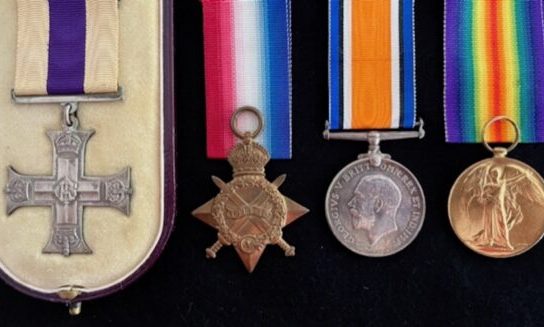
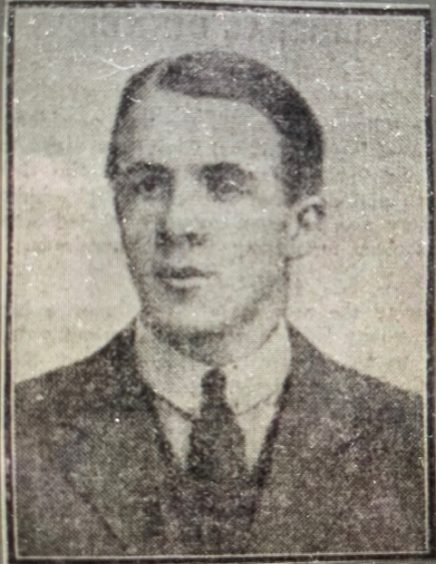
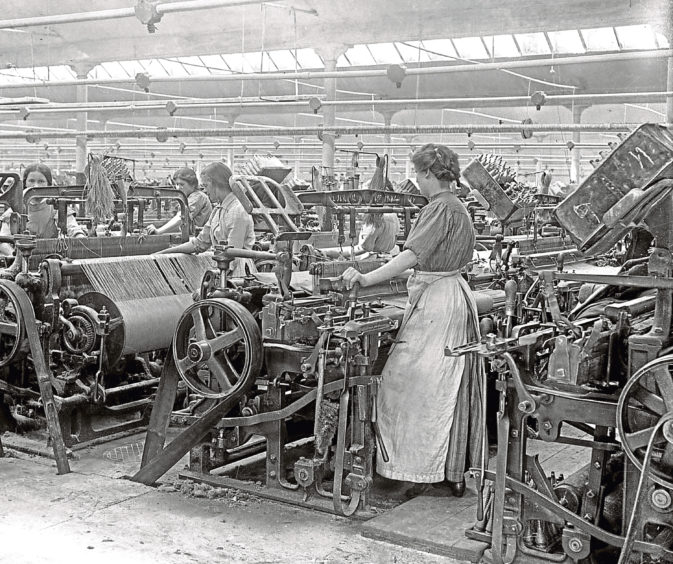
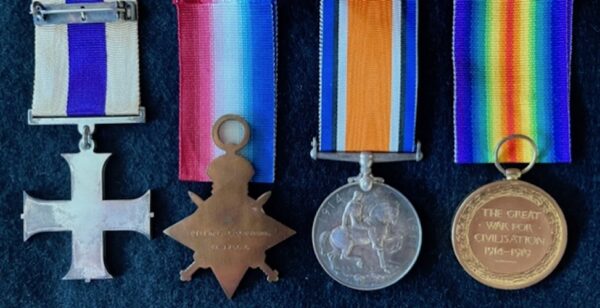
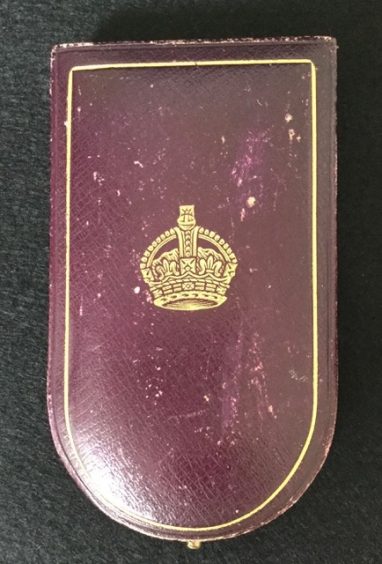
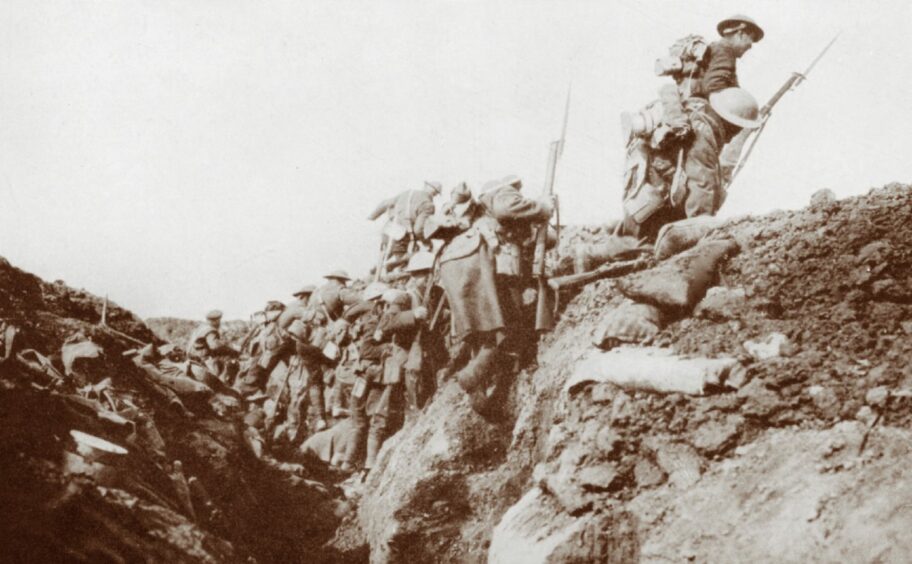
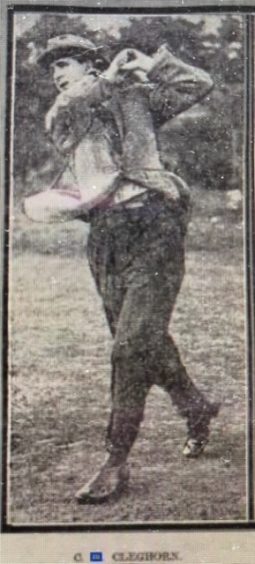













Conversation